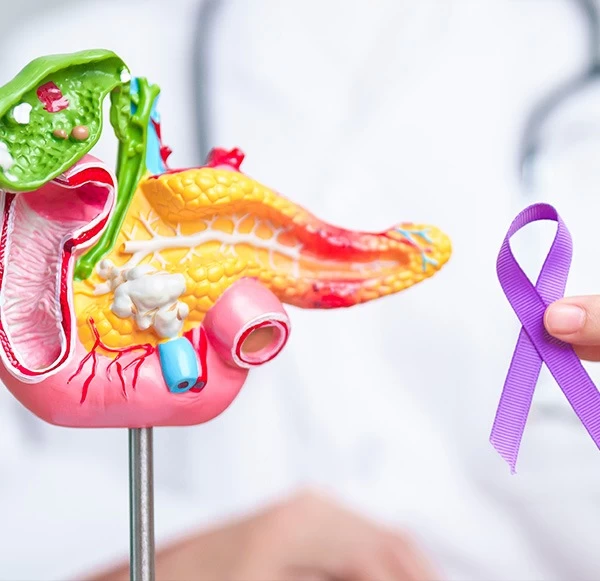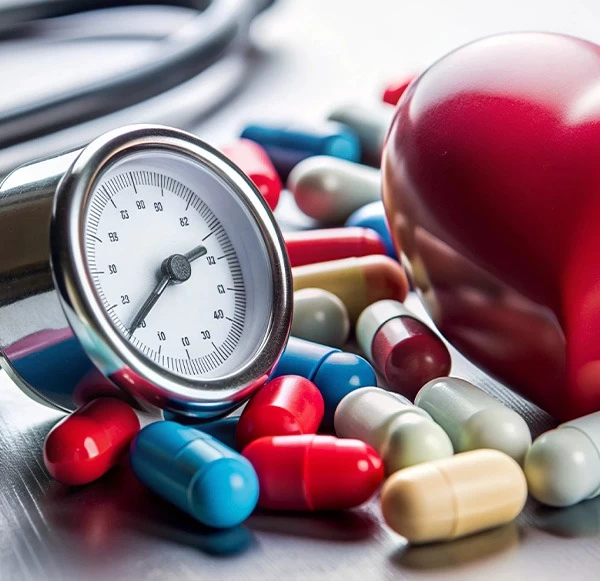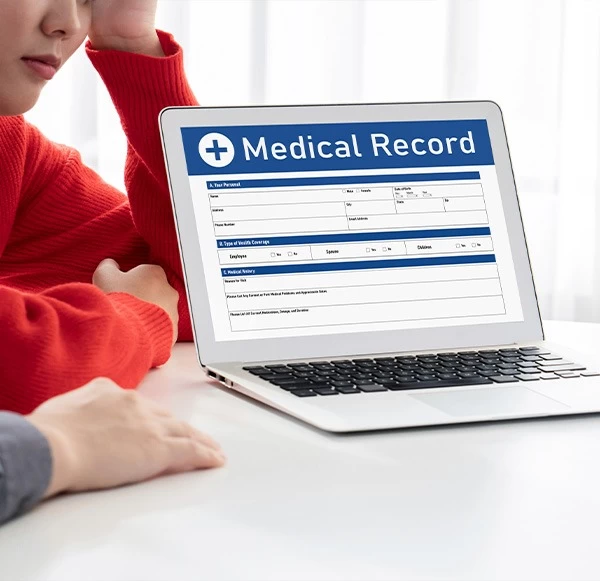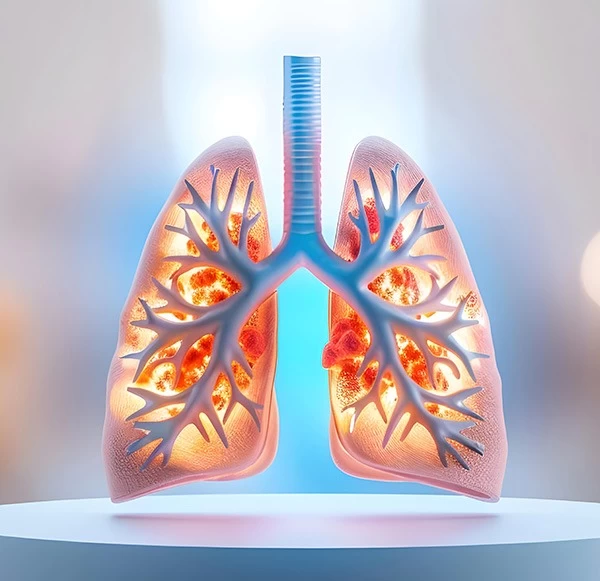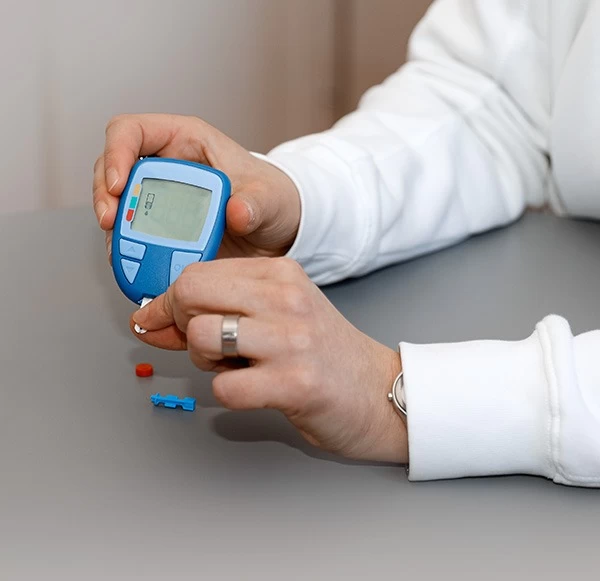- Email Us
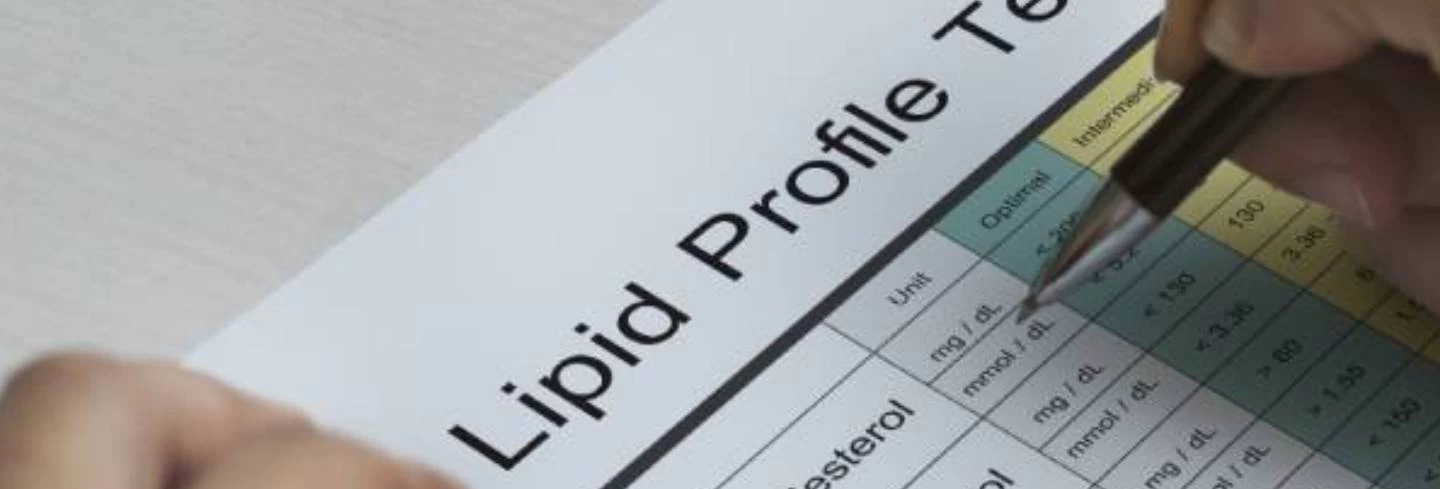
If your doctor has asked you to get a lipid profile test, you're not alone. This simple blood test plays a big role in checking your heart health, especially if you're over 30, have high blood pressure, a family history of heart disease, or lead a sedentary lifestyle.
Even if you feel perfectly healthy, a lipid profile can uncover silent risk factors early, giving you the chance to make lifestyle changes before problems begin. Let's clear up some common questions to help you prepare better and understand what your results really mean.
Think of it as a detailed report card of the fats in your blood. It tells you about your cholesterol and triglyceride levels, both of which play a major role in your heart health. The test includes:
These readings help your doctor assess how your body is processing fats and whether you're on track or need to make changes to protect your heart.
Yes, usually. Fasting gives a clearer picture of your triglyceride levels, which are easily affected by what you've eaten. That's why most doctors ask for 9 to 12 hours of fasting, with only water allowed.
After eating, your body starts breaking down fats and that can temporarily raise your lipid levels. To avoid false highs, the test is done on an empty stomach. It helps your doctor get an accurate, stable baseline.
Here's a quick checklist:
It's always best to follow your lab or physician's instructions.
| Lipid Component | Normal Range |
| Total Cholesterol | Less than 200 mg/dL |
| LDL (Bad Cholesterol) | Less than 100 mg/dL |
| HDL (Good Cholesterol) | More than 40 men, 50 women |
| Triglycerides | Less than 150 mg/dL |
| VLDL | 2 to 30 mg/dL |
Your doctor will interpret these values in the context of your overall health.
Because lipid imbalances are often silent. You won't feel symptoms, but behind the scenes, high LDL or triglycerides can lead to:
The clinical significance lies in prevention. Early detection lets you make small changes that can have a big impact.
If you're searching for lipid profile test cost near me, Mahajan Imaging & Labs offers high-quality, NABL-accredited lipid profile testing at affordable rates across our Delhi NCR centres.
Booking is easy and reports are usually available within 24 hours. Mahajan Imaging & Labs also offers easy home sample collection. A qualified technician will visit your home at your convenience.
We often talk about high cholesterol, but low lipid levels can also be a sign of something serious. If your total cholesterol, LDL, or triglycerides are too low, it may indicate:
Your body needs a certain level of fat to function properly, including hormone production and vitamin absorption.
Low lipid levels don't always cause symptoms, but if they drop too far, some people may experience:
If your test shows unusually low levels and you feel off, it's worth discussing these symptoms with your doctor.
That depends on the cause, but generally, you may be advised to:
Low lipids aren't as common as high ones, but they're still important to keep in check for your overall well-being.
| Question | Quick Answer |
| What is it? | A test to measure cholesterol and fat levels in blood |
| Is fasting required? | Yes, 9 to 12 hours with water allowed |
| How to prepare? | Fast, avoid alcohol, eat light, disclose medications |
| Normal ranges? | Chol < 200, LDL < 100, HDL > 40 or 50, TG < 150 |
| Why it matters? | Detects heart disease and stroke risk early |
| What if lipids are too low? | Could signal poor absorption, thyroid issues, etc |
| Symptoms of low lipids? | Fatigue, hormonal issues, dry skin, mood changes |
| Fixing low lipids? | Add healthy fats, check for underlying issues |
| Cost and location? | Affordable at Mahajan Imaging & labs in Delhi NCR |
Book your Lipid Profile Test with Mahajan Imaging & Labs today. Early detection starts with the right and trusted diagnostics.
